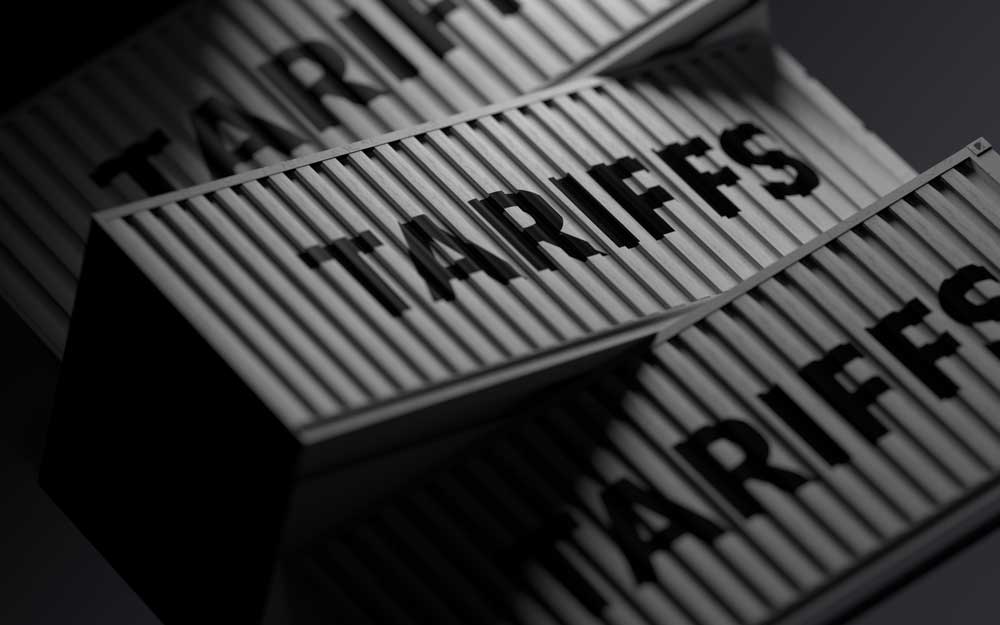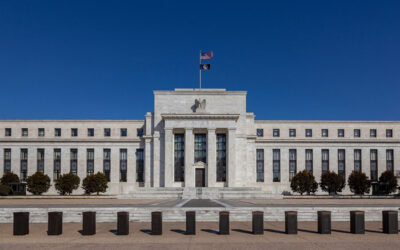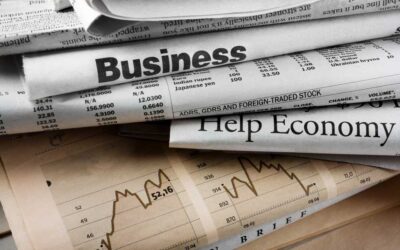Tariffs are back in the headlines—and once again reshaping the global business landscape. Whether it’s U.S.–China relations, trade disputes with the EU, or targeted duties on steel, semiconductors, or electric vehicles, financial professionals need a clear understanding of how tariffs affect the companies and clients they serve.
What Are Tariffs—and Why Do They Matter?
At their core, tariffs are taxes imposed on imported goods. Governments use them to:
-
Protect domestic industries from foreign competition
-
Respond to perceived unfair trade practices
-
Influence geopolitical negotiations
While tariffs are political tools, their impact is economic—and financial professionals are often the ones assessing the fallout.
Key Ways Tariffs Affect Financial Strategy
1. Rising Input Costs
Tariffs increase the cost of imported materials or goods, which directly affects cost of goods sold (COGS). For companies reliant on foreign inputs—like manufacturers or retailers—this squeezes margins and complicates forecasting.
2. Supply Chain Reassessment
Finance teams may need to rework budgets as companies shift sourcing strategies to avoid tariffs. That can mean working with procurement on cost modeling or with operations on capital investment for new suppliers.
3. Pricing and Profitability Pressures
Some companies pass tariff costs onto customers; others absorb them. Both approaches affect financial reporting, pricing strategy, and long-term profitability. Financial advisors and CFOs need to understand which approach aligns with the business model and customer expectations.
4. Increased Volatility and Uncertainty
Tariff announcements—especially when sudden or politically driven—can jolt markets. This affects investment portfolios, foreign exchange rates, and overall business confidence, prompting changes in asset allocations and risk strategies.
5. Financial Reporting & Disclosures
Public companies may need to disclose tariff exposure in their earnings calls or 10-K filings. Controllers and CFOs must assess materiality, document assumptions, and prepare for analyst questions.
Who’s Most Exposed?
Industries most affected include:
-
Manufacturing: Especially automotive, electronics, and heavy machinery
-
Retail & Consumer Goods: Apparel, appliances, and food products often rely on imported components
-
Technology: Semiconductors and hardware frequently cross multiple borders before hitting the shelf
-
Agriculture: Tariff retaliation can reduce access to international buyers, affecting pricing and profitability
How Financial Professionals Can Prepare
-
Stress-Test Budgets: Model different scenarios with and without tariff exposure.
-
Monitor Global Developments: Tariff policy changes can come fast—stay connected to trade news and government updates.
-
Advise on Hedging: Currency risk and commodity price volatility can increase with tariffs; hedging strategies may become more relevant.
-
Work Across Departments: Collaborate with legal, procurement, and operations to assess exposure and identify opportunities to reduce costs or restructure contracts.
-
Educate Clients: If you’re a financial advisor, help business-owner clients understand how tariffs may impact cash flow, valuations, or investment timelines.
Final Thought: More Than Just a Tax
Tariffs are more than a line item on an invoice—they’re a lever that can shift a company’s entire cost structure, strategy, and financial outlook. For financial professionals, understanding the ripple effects of tariffs isn’t optional—it’s essential for delivering sound guidance, building resilient strategies, and protecting long-term value.




